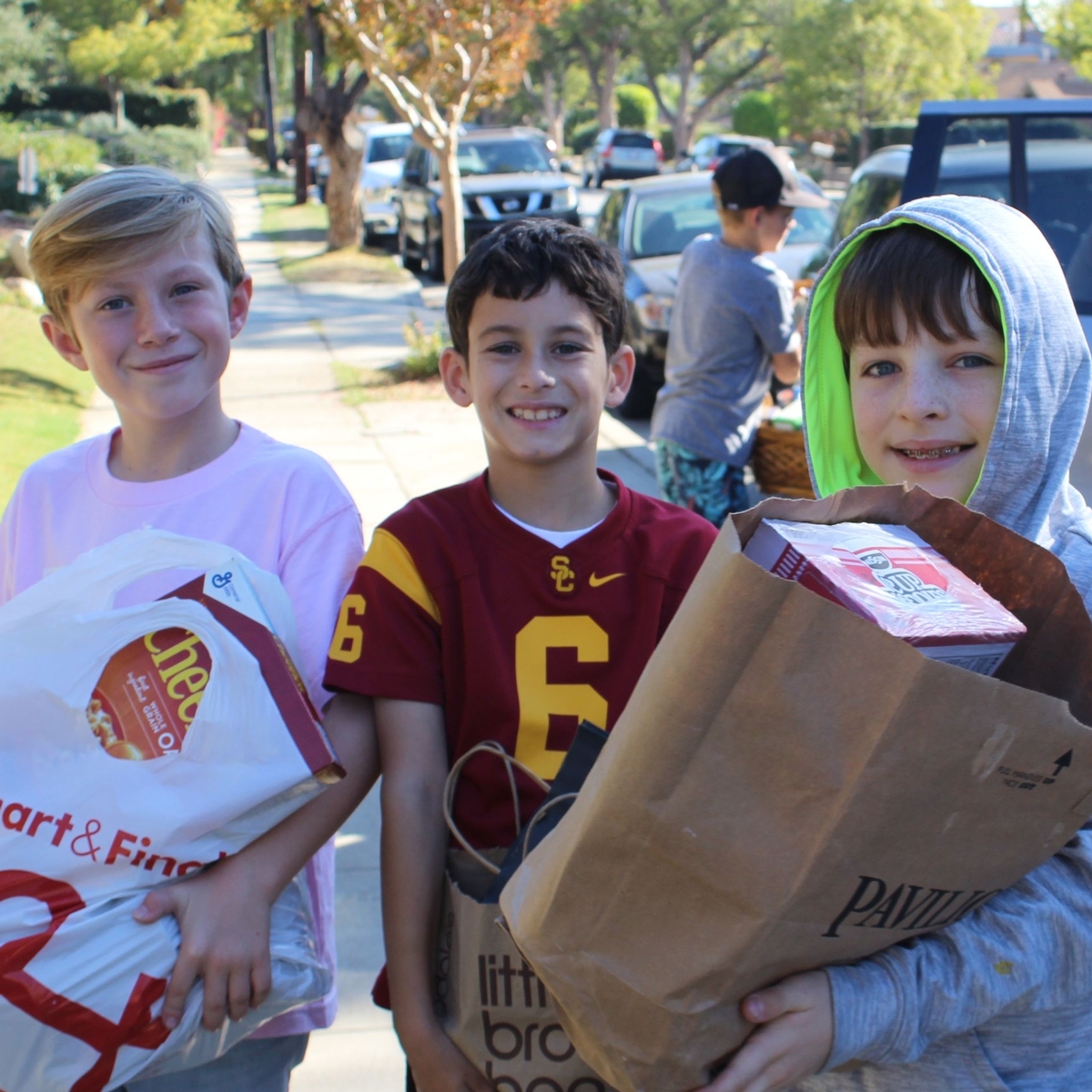The Benefits of Service-Learning

The term “service-learning” is older than I am, but not by much. First used in 1967, service-learning initially comprised a set of beliefs and best practices, without a mutually agreed upon definition of what it is. Not surprisingly, by 1990 there were nearly 150 definitions of what service-learning meant. While many definitions of the term are still in usage today, I like the following:
Service-learning is a collaborative teaching and learning strategy designed to promote academic enhancement, personal growth and civic engagement. Students render meaningful service in community settings that present them with experiences related to academic material. Through the course design which includes critical reflection, students examine their experiences critically and articulate specific learning outcomes, thus enhancing the quality of their learning and of their service. - Carolina Center for Public Service.*
While this definition reads like it is being utilized at the collegiate level, and it is, the definition and concept are still applicable at an elementary/middle school such as Gooden. Service-learning, regardless of the age of the student, occurs at the point where service, academic material, and critical reflection meet. Another commonly held tenet about service-learning is encapsulated in the last part of the above definition. “Service, combined with learning, adds value to each and transforms both,”** This is such a powerful statement. I like to picture it as an exponential relationship between the components where the end result is so much bigger than either piece would be on its own.
In addition to an agreed upon definition of what service-learning entails is the importance of the words we use to convey the concept to our students and the wider community. As we continue to develop and grow this portion of the school’s mission, we will refine our language to be sure we are giving our students and the surrounding community the best service-learning education possible.
We currently have a series of community service projects that cover the range of students attending Gooden. Our youngest students support the Pasadena Humane Society while the middle school students have helped raise funds for UNICEF as well as hurricane relief, especially after the debilitating storms that have struck the US in the last two years. Additionally, all grades participate in activities that support homeless and food insecure people through Friends In Deed. We reflect on these lessons during chapel, advising, and in class settings, where we also dig into the academic aspect of service-learning, especially in regards to our Garden of H.O.P.E. program
At Gooden, we feel the above definition of service-learning will be the best lens for the fine tuning of the community service projects we choose to undertake as a school. Adding even more depth to the academic and reflective components will enhance the entire service-learning program. It will also serve as the basis of how we foster a desire for independent service-learning as our students grow and mature to the time when they choose their own service projects to the community beyond Baldwin Avenue.
Sources:
*Apples Service Learning, Service Learning Series: Guide to Service-Learning Pedagogy. Carolina Center for Public Service. Chapel Hill, North Carolina: The University of North Carolina.
**Honnet, E.P. & Poulsen S. (1989). Principles of good practice for combining service and learning. (Wingspread Special Report). Racine, Wisconsin: The Johnson Foundation, Inc.

